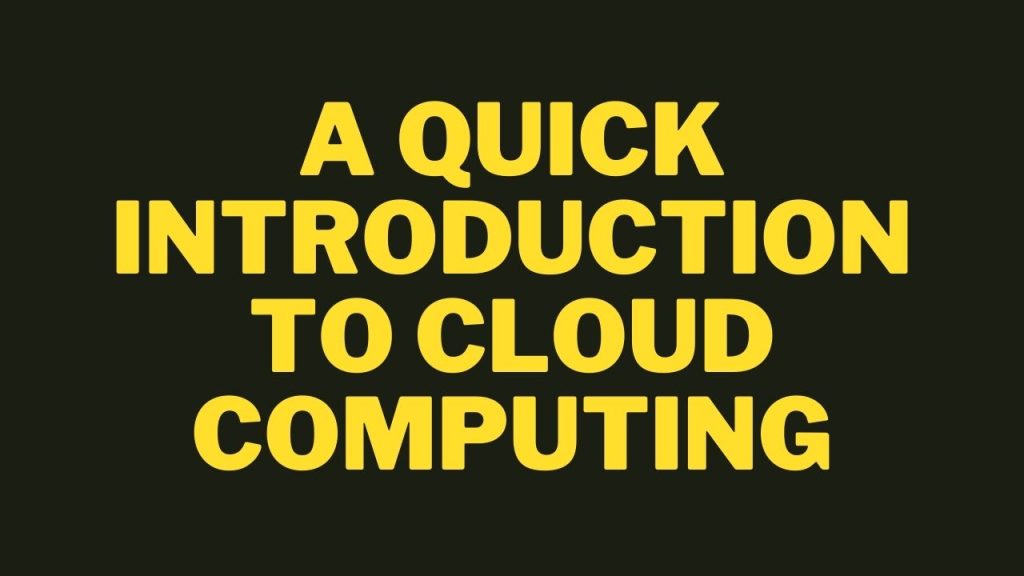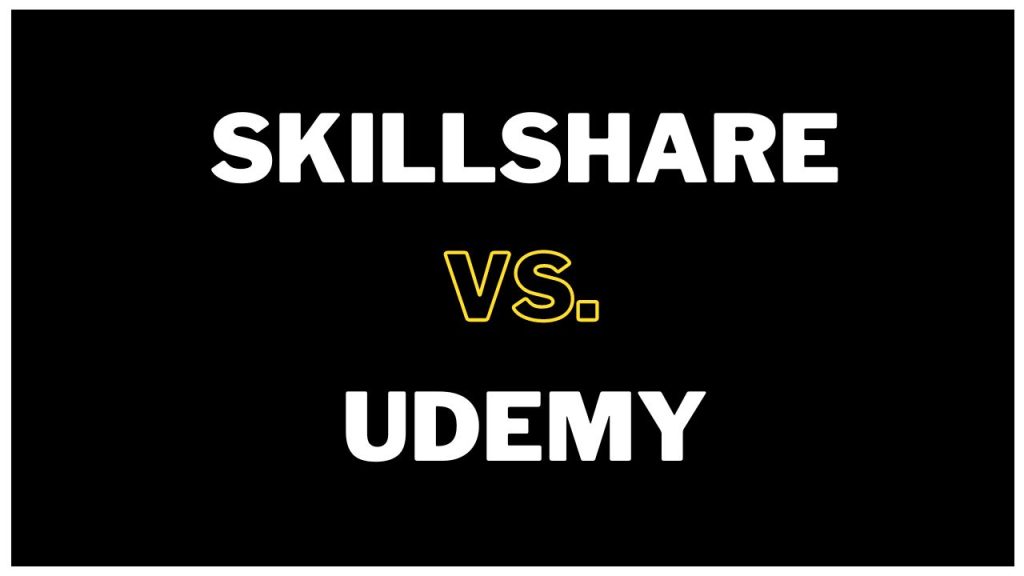“Cloud computing is not only the future of computing but the present and the entire past of computing.”
– Larry Ellison
We all must have heard about the term cloud computing in our day to day lives, and yet it’s the most confusing terminologies that we have ever come across. Instinctively we all know that cloud computing is used for storage and hosting purposes, from google cloud to google firebase, we all know their importance (google offers their own file storage for all users and one could use free tier to store data upto 15 GB, and firebase is Google’s mobile and web app development platform that is used to host applications with little to no programming). We all intuitively know what’s an cloud, and how are they used in our daily lives, but when asked with an direct question we are unable to articulate an well defined answer. This blog aims to clear this obstacle and hopefully by the end of this blog we all get to learn something new about cloud computing and it’s evolution.
What is Cloud Computing ?
In order to understand what’s an cloud computing we could be a nerd and by heart the definition of cloud from Wikipedia or from google. chatgpt, but to truly understand what’s an cloud, we have to understand it’s implications and working. A cloud to simply explain, is just someone else’s computer on which we could access their resources in exchange for money. Think of cloud with an following example, you wish to play games but you don’t have enough resources, so you hire an PC from local internet cafe that has decent specs, atleast well enough to play an online game and you get your job done. Well cloud computing is somewhat similar to this example, but instead of borrowing someone else’s devices and infrastructure for a short period of time, we borrow these high power computation resources for something big and meaningful like running an company, building a website, hosting a streaming platform etc.
How Does Cloud Computing Work?
Well we could argue technically for days and get no where because software and products and services are built in such a way that they are abstracted meaning it hides the internals and how things work, now this is not to be secretive but to provide an simple user interface so that the user is not overwhelmed by application or service internals. In order to get into abstraction one could do their research online the best way to start is to read online documentation, and set up cloud by themselves to get feel of it’s inner core workings. Well in this blog we will simply have an overlook on how things work at an surface level, and we know that in order to host or setup anything online we require an full stack of components such as a data center , networking, storage and servers , operating systems and management tools to secure and apply automatic updates-patches and security controls, , run time and containers like kubernetes and docker , applications and functions of the app they are running on the top . In nutshell we could visualise in the following manner.
A cloud provider be it AWS [amazon webserives], or microsoft azure or google cloud aims to provide any one, any two or all of the following as per the user requirement, allowing users to customise and host their own stack with their own comfort, meaning there are no barriers such as requiring knowledge about various things and a lot of experience in handling cloud. Anyone can learn and start setting up cloud as per their requirement in short amount of time it’s just that it depends on user’s willingness to learn and implement things.
Types of Cloud Computing
Based on services that the cloud provider is giving to the user or the customer, the cloud can be categorised into three types.
- IaaS (Infrastructure as a Service):
As the name suggests, this type of cloud service provides us bare bone technology stack to run enterprise systems and network. From the full stack view of running an corporate enterprise, Iaas offers the following options that are colored in red. The flip side of this amazing service is
IaaS (Infrastructure as a Service): that it requires a lot of knowledge and experience to operate and run these types of environment.
Examples: Amazon Web Services (AWS) and Microsoft Azure.
2. PaaS (Platform as a Service):
In this service, the cloud provider offers a platform to run our code and host services such is an web app or an mobile app or an web service. This is most recommended for the developers, and unlike previous one much technical knowledge and expertise is not required. As per the tech stack we get the following offered in Paas.
Examples: Google App Engine and Heroku.
3. SaaS (Software as a service):
This means entire software of application stack is offered to us as an product. Unlike previous two, no exhaustive technical knowledge is required. Popular examples are Google Workspace and Sales Force.
Now that being clear, let’s have a look at common misconceptions about cloud computing.
Clearing Common Misconceptions
Misconception 1: Cloud Computing is Insecure
While security is a valid concern, there is no reason why million dollar technology would be left insecure. It all boils down to our configuration and how we we use it, so it’s best to learn how to secure these environments and to implement industry best practices before we blame on products for their lack of security.
Misconception 2: Cloud Computing is Expensive
While initial migration costs can be high, there is always an subscription or pay per use model which makes cloud affordable and accessible to all.
Misconception 3: Cloud Computing is Only for Large Enterprises
While this might not be entirely true, small and medium scale businesses including start ups can leverage cloud to set up their entire infrastructure without need to spend lot of cash on physical devices and expensive servers that are hard to maintain when the business at it’s initial stages.
Conclusion
With this we come to an end and hopefully we all got to learn about cloud computing. If you are wondering which one has the largest market share in cloud industry then it would be AWS or the amazon web services. Now if you wish to continue your learning about these technology just type in aws/azure roadmap and search in aws/azure free training and keep an eye on their socials and on website, often these cloud vendors provide free training and make sure to grab those offers when they go live. Peace





